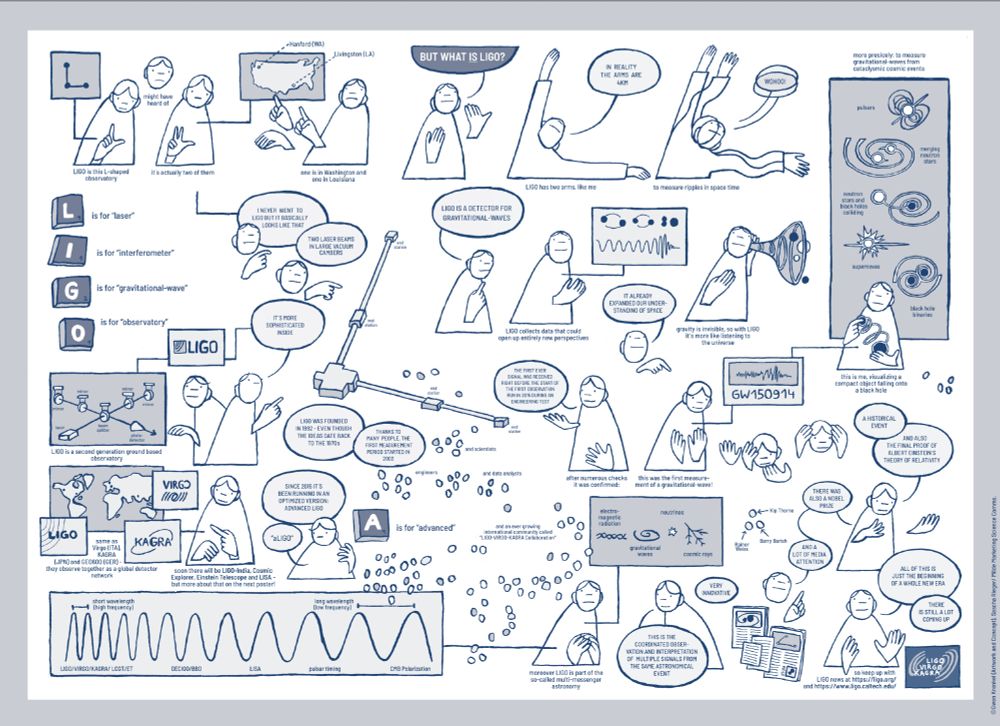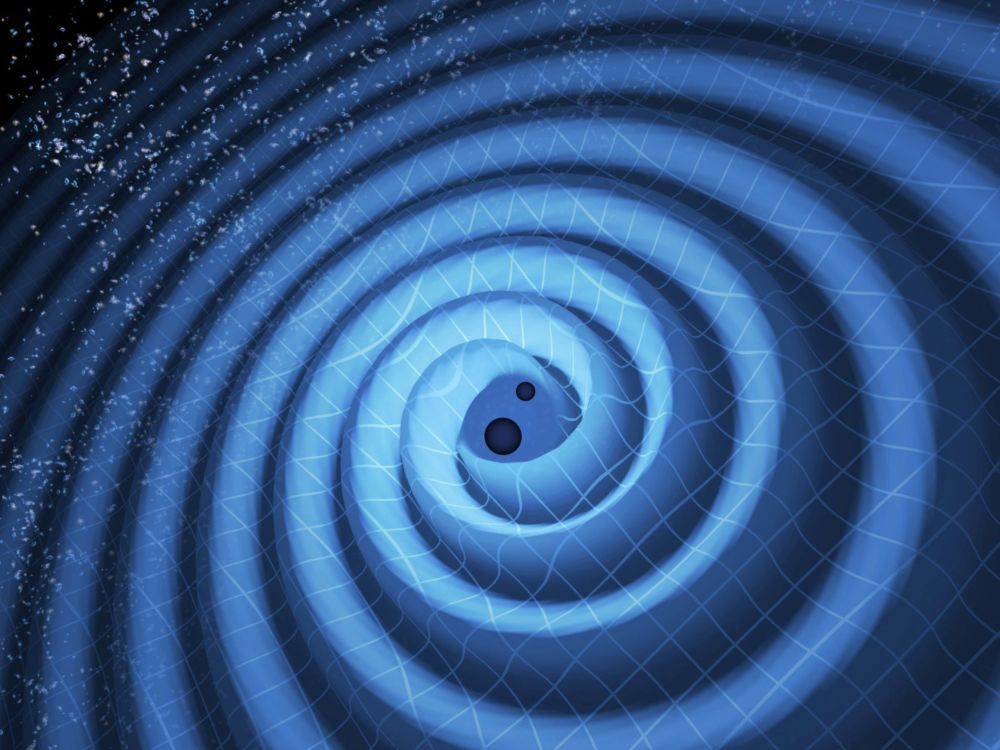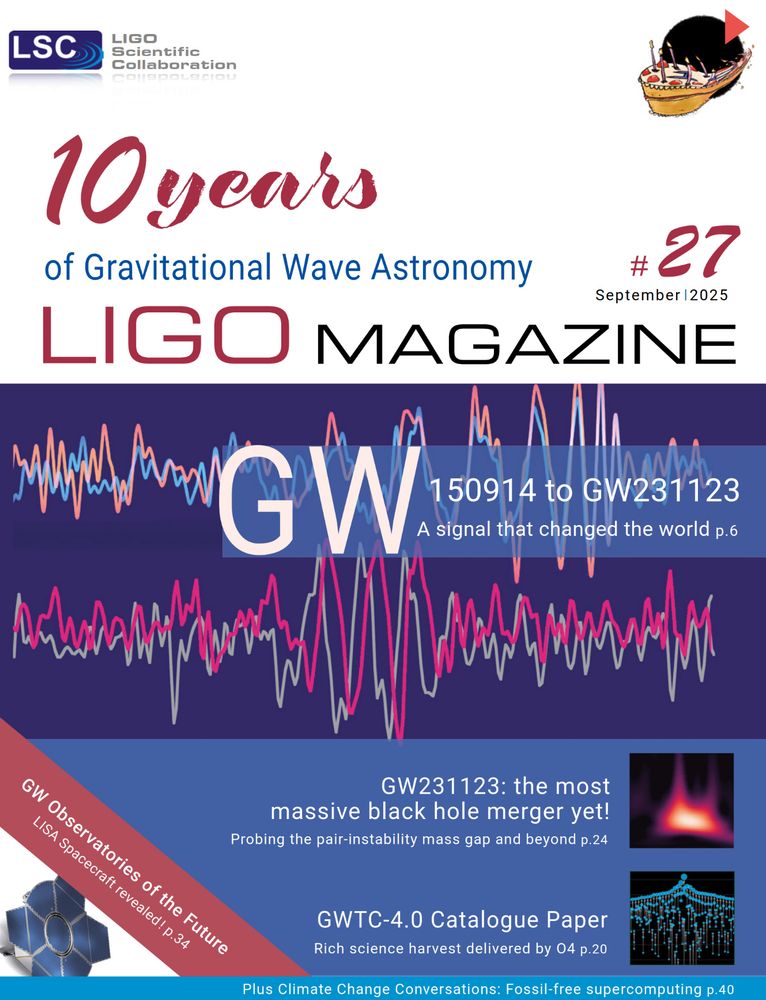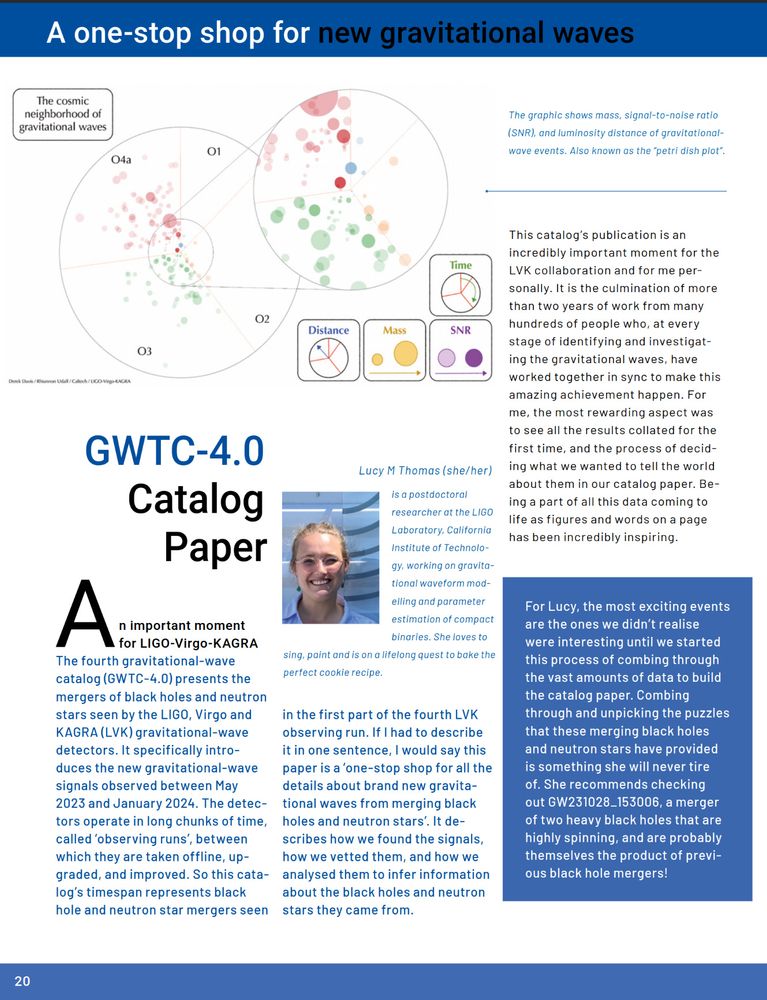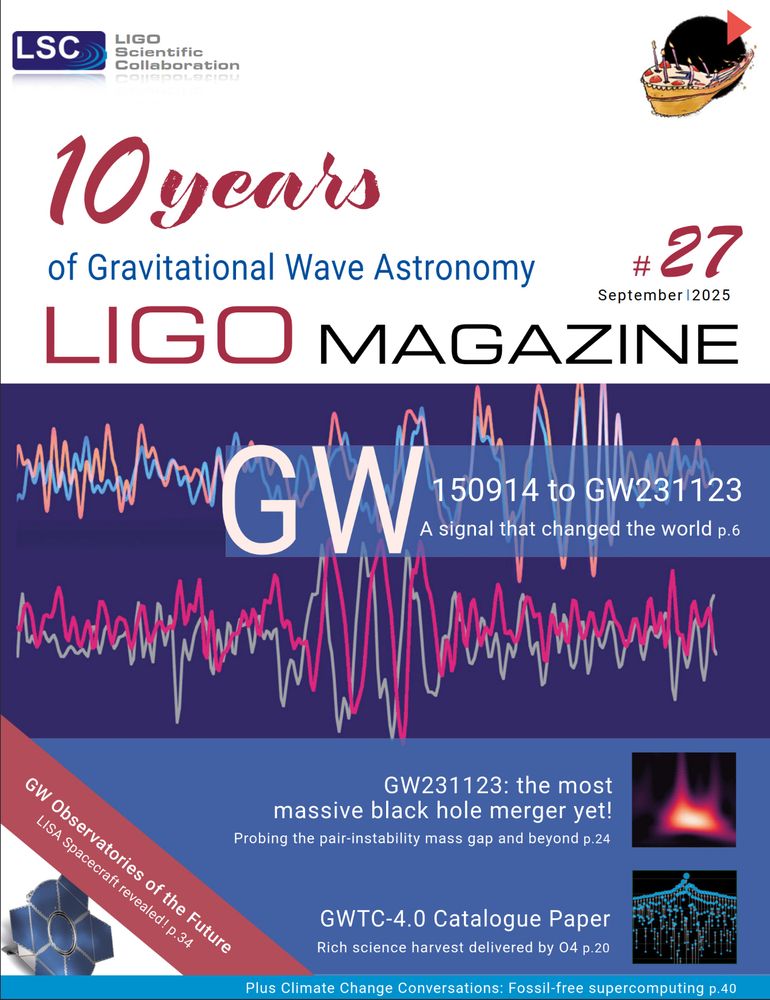LIGO Magazine
@ligomagazine.bsky.social
170 followers
20 following
30 posts
The LIGO Magazine is published twice a year by the LIGO Scientific Collaboration (@ligo.org). Read free online for gravitational-wave news, stories behind the science and more!
www.ligo.org/magazine
Posts
Media
Videos
Starter Packs
Reposted by LIGO Magazine
Reposted by LIGO Magazine
Reposted by LIGO Magazine
Reposted by LIGO Magazine
Reposted by LIGO Magazine
Reposted by LIGO Magazine
Reposted by LIGO Magazine
Reposted by LIGO Magazine
Reposted by LIGO Magazine
LIGO Scientific Collaboration
@ligo.org
· Jul 29

“We built the tools that found the signal”: Behind the most massive black hole merger ever detected
In the wake of GW231123, gravitational wave astronomer Debnandini Mukherjee talks about authorship in mega-science, the need to amplify women’s roles in astrophysics and what it takes to catch a whisp...
www.nature.com
Reposted by LIGO Magazine




